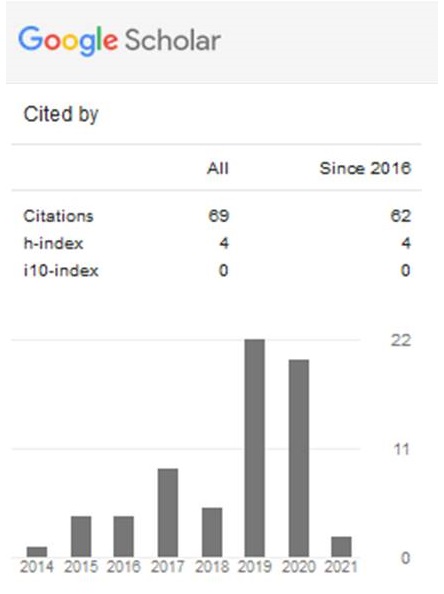Efisiensi Penggunaan Kalium Pupuk Oleh Beberapa Galur Kedelai (Glycine max (L) Merrill)
Abstract
In recent years, the main problem in agriculture practices is how to increase the efficiency of K fertilization to
achieve high productivity, in both quantity and quality. Potassium fertilizer applied is not completely absorbed by plant
duo to nutrient loss from root zone and converting to unavailable form. Beside that, soybean requirement in Indonesia
every year always mount along with accretion of resident. To fulfill the requirement have to be imported because
domestic product not yet earned to answer the demand the requirement. Therefore these problems, coupled with increasing
use of K fertilizer and the fact that fertilizer of K are expensive, point to the need that the fertilizer is more and more
important. To overcome these problems, efforts need to be corrected to increasing the efficiency of nutrient uptake,
especially uptake K nutrient by soybean plant from application of K fertilizer and increasing yield efficiency of seed
soybean for every unit of K fertilizer applied. One of the means to achieve these is used of lines soybeans as will new
varieties, which have superiority of character, and efficiency in K fertilizer uptake. This research aims to know how big
use efficiency fertilizer of potassium at some soybean lines and to see the response of some soybean lines to gift of
potassium. This research has been executed in Research Site of the Faculty of Agriculture, University of Riau. The
Research is executed during four months, started from April until July 2010. Desain used by the Randomized Blok Design
(RAK) with two factors. The first factor is the genotype of soybean, i.e.: line 11 AB, line 13 ED, line 14 DD, line 19 BE,
and line 25 EC. The second factor is the rate of potassium fertilizer, i.e.: without potassium, 50 kg KCl/ha, 100 kg KCl/
ha. Hence, there were 15 treatment combinations, each with three replications.The results showed that the effect of K
fertilizer was not significant on parameter of absorption of potassium, efficiency of potassium absorption, produce seeds
per plot and efficiency of seed produced. Among the five genotypes, line 14 DD shows responsifity to application of
potassium fertilizer at rate 50 kg KCl/ha and also 100 kg KCl/ha, was indicated by positive value on parameter
efficiency of seed produced, efficiency of potassium absorption and production of seed per plot. Where as the others lines
of soybean indicated negative value on the efficiency of potassium absorption and the efficiency of seed production,
meant the application of K fertilizer 50 kg KCl/ha and 100 kg KCl/ha were lower production than without K fertilizer
application. In general, K fertilizer application on the soil which have moderately low K (0,35 cmol(+)/kg) were not
efficient to increase seed production of soybeans, except on lines 13 ED and 14 DD were efficiency if giving 50 kg KCl/
ha.
Keywords: efficiency, potassium fertilizer, soybean
Full Text:
PDFRefbacks
- There are currently no refbacks.

_2017.jpg)



